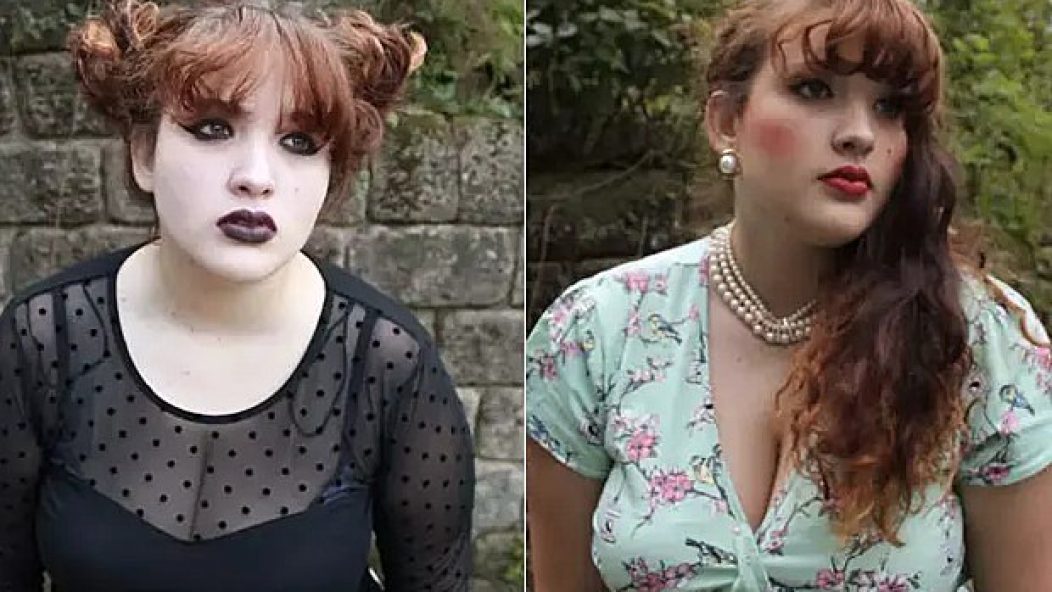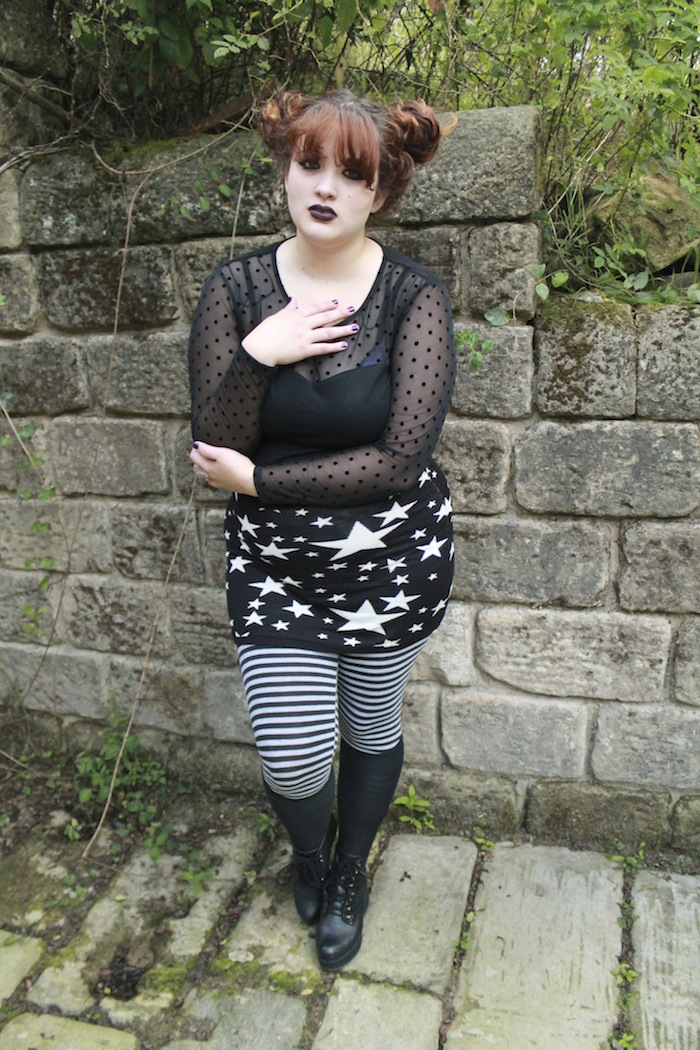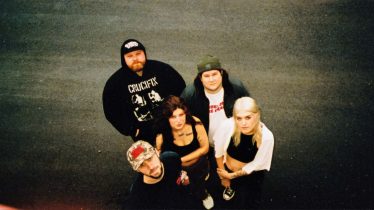
Woman dresses goth/emo for social experiment, confirms people are shallow and judgmental
Everyone in the world has felt judged for a fashion choice, and that might be particularly true for those of us who choose to dabble (or fully indulge) in any sort of alternative fashion.
How people choose to present themselves aesthetically is often a reflection of the things they love and of their personality, but sometimes those superficial choices can mean harsh judgments from strangers (and even friends.)
Writer Marie Southard Ospina of Bustle put those feelings to the test in a small social experiment where she presented herself as “goth,” “night-lifey,” “manic pixie dream girl,” “natural” and “vintage” each for one day on dating website OkCupid.
“I wanted to revisit the goth/semi-emo look because it was my experience with this style that led me to thinking about humanity’s biases when it comes to aesthetics and fashion,” she wrote. “Back in 2007…Sophie Lancaster (the 21-year-old girl attacked and killed in the U.K. by a group of teen boys as a result of her gothic fashion) was headlining the news. That something so tragic, and so heinous, could happen based on someone’s clothing really struck me, and has stayed with me ever since.”

UK makes first alternative subculture hate crime arrests under “Sophie’s Law”
What Southard Ospina found was that when dressed goth (albeit a very caricature version of it), her appearance generally evoked a response of concern for her mental well-being:
 “I hope you don’t take this the wrong way, but can I help you somehow?” one woman wrote.
“I hope you don’t take this the wrong way, but can I help you somehow?” one woman wrote.
“You’re depressingly beautiful. Get it? Because you’re beautiful and I am betting depressed,” a 25-year-old man said.
“What the hell is wrong with you? Some friendly advice, watch Skins and learn how to dress, or better yet, pick up an issue of Cosmo,” another man said.
“I hate to say it, but if I saw you on the street and didn’t know you, I would be very worried for your mental and emotional stability,” a friend who knows Southard admitted.
It is important to note that the experiment took place in the U.K. where circa 2007, tabloids slandered “emo” to the public as something of a cult, ignorantly (and debilitatingly, for those suffering) creating false causation between listening to “emo bands” with mental illness.
Does fallout from that remain?
It’s hard to say from the small sample size here, but it’s certainly interesting to think about. Have you felt similarly judged for your style choices? Let us know in the comments.
See how people reacted to all the aesthetics she tried on Bustle.com. (Hint: She was judged no matter what, which is a much larger discussion for another time.)









